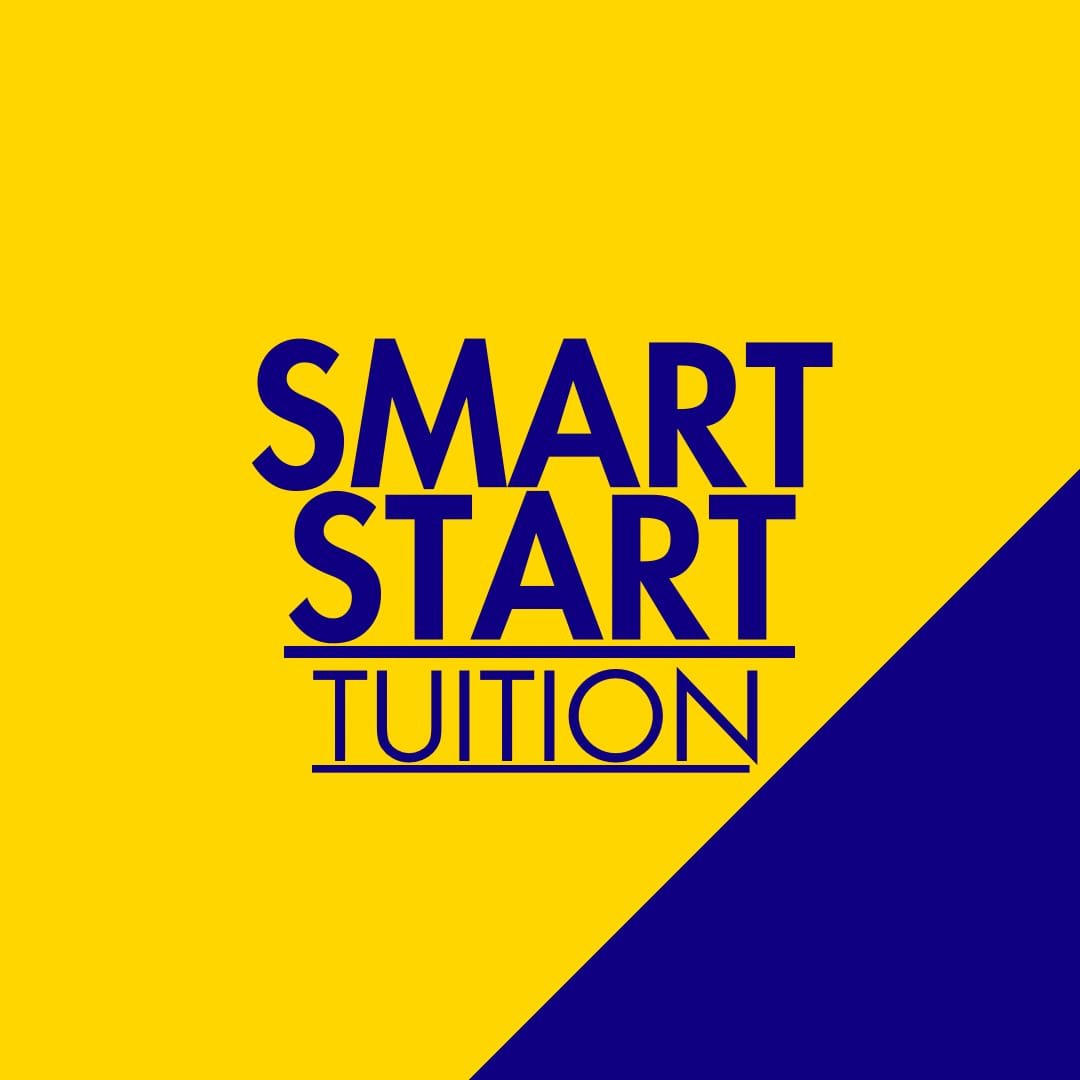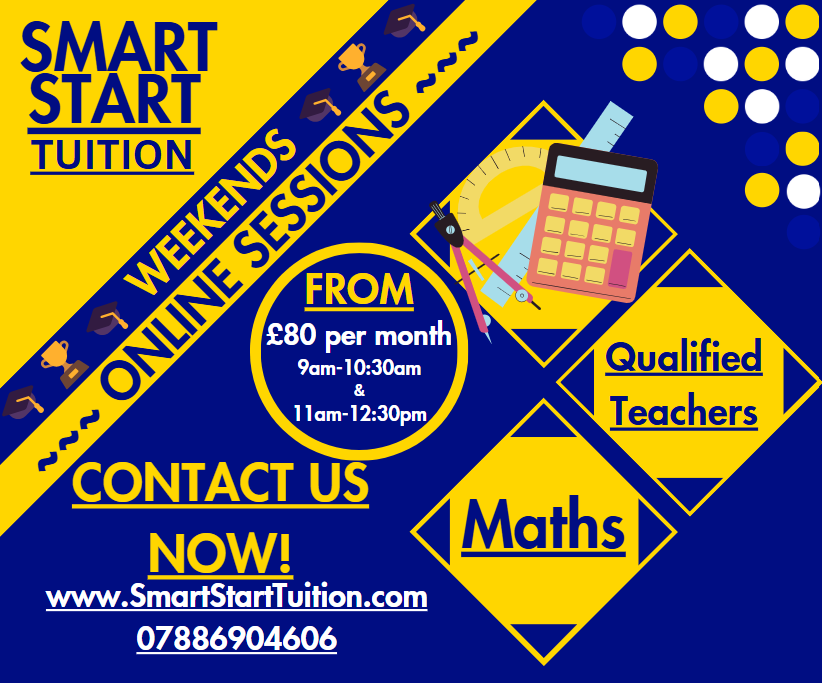Curriculum:
-
The Key Stage 3 (KS3) maths curriculum aims to develop students' mathematical fluency, reasoning, and problem-solving skills. The curriculum is organised into different domains, but students should build on what they learned in Key Stage 2 and connect mathematical ideas to develop these skills.
Some of the skills students learn in KS3 math include:
Fractions, decimals, and percentages
Students learn to identify, order, compare, and convert between these numbers. They also learn to complete calculations using these numbers and to use ratio notation.
New concepts
Students learn about probability, standard form, rates of change, compound units, and angles on parallel lines. They also learn how to interpret and use calculators.
Algebra
Students learn to add, subtract, and factor algebraic expressions. They also learn about algebraic formulas, the general term of a sequence, graphing lines, and solving inequalities.
-
The Key Stage 4 (KS4) mathematics curriculum for secondary schools covers a range of topics, including:
Number: Fractions, decimals, percentages, ratios, negative numbers, factors, multiples, rounding, and order of operations
Algebra: Equations, inequalities, sequences, graphs, expanding and factorising, solving linear equations, using formulae, and straight line graphs
Variation theory: Using variation theory in practice tasks and modeling
Mathematical connections: Exploring mathematical connections
Vocabulary: Using key vocabulary accurately when presenting reasoning
The GCSE Maths syllabus is divided into two tiers: Foundation (grades 1-5) and Higher (grades 4-9). The intent of the GCSE maths curriculum is to help students develop a fluent knowledge of mathematical methods and concepts, and to acquire, select, and apply mathematical techniques to solve problems.
-
The GCSE maths curriculum covers a range of topics across two tiers: Foundation (grades 1–5) and Higher (grades 4–9). The main topics include:
Number: Fractions, decimals, percentages, and ratios
Algebra: Equations, inequalities, sequences, and graphs
Geometry and measures: Properties of shapes, angles, area, volume, and trigonometry
Statistics: Data handling, averages, probability, and interpreting graphs
Ratio and proportion: Proportional reasoning, direct and inverse proportion
Some other topics include:
Place value
Relationships between operations, including inverse operations
Prime numbers, factors, multiples, and common factors
Positive integer powers and associated real roots
Calculating exactly with fractions
Calculating with and interpreting standard form
Working interchangeably with terminating decimals and their corresponding fractions
The national curriculum for mathematics emphasises the importance of spoken language in developing a mathematical vocabulary and presenting mathematical arguments.

